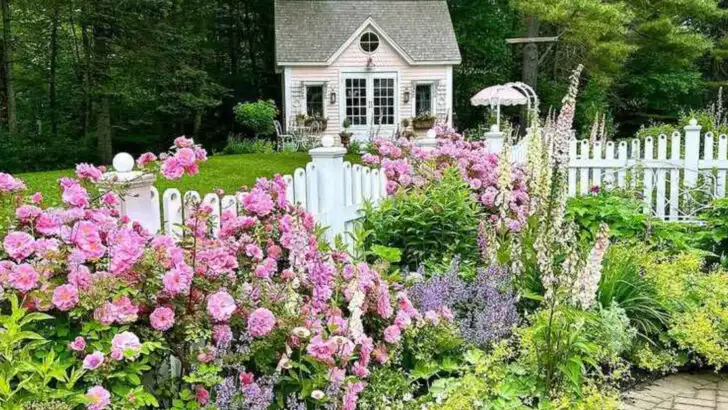You’re doing everything right—at least according to your neighbor, your aunt, or that one blog from 2012. But somehow, your plants still look tired, your soil feels off, and things aren’t growing like they should. If that sounds familiar, you’re not alone.
A lot of the most common garden habits are actually leftovers from outdated advice. Some might have worked in totally different climates or soil types. Others were never that great to begin with, but got repeated so often they became “truth.” And yes, even experienced gardeners fall into these traps.
The good news? Most of these mistakes are easy to fix, and some just mean doing less. Whether you’re new to gardening or have been at it for years, these are the small shifts that can make a huge difference.
Here are 19 gardening “rules” you’ve probably followed for years—and what to do instead so your plants can finally thrive.
Watering Every Day

Daily watering is often perceived as essential, yet it can lead to waterlogged soil, promoting root rot. Plants generally thrive with deep, infrequent watering that encourages strong root growth. Consider the climate and plant type before setting a rigid watering routine. A moisture meter can be an invaluable tool to avoid drowning your plants. Remember, wilting can also signal overwatering, not just thirst. It’s a common mistake that needs correcting for healthier plants. Instead of sticking to a schedule, observe your plants’ actual needs to achieve the best results. Garden care requires flexibility, not rigidity.
Planting Too Deep
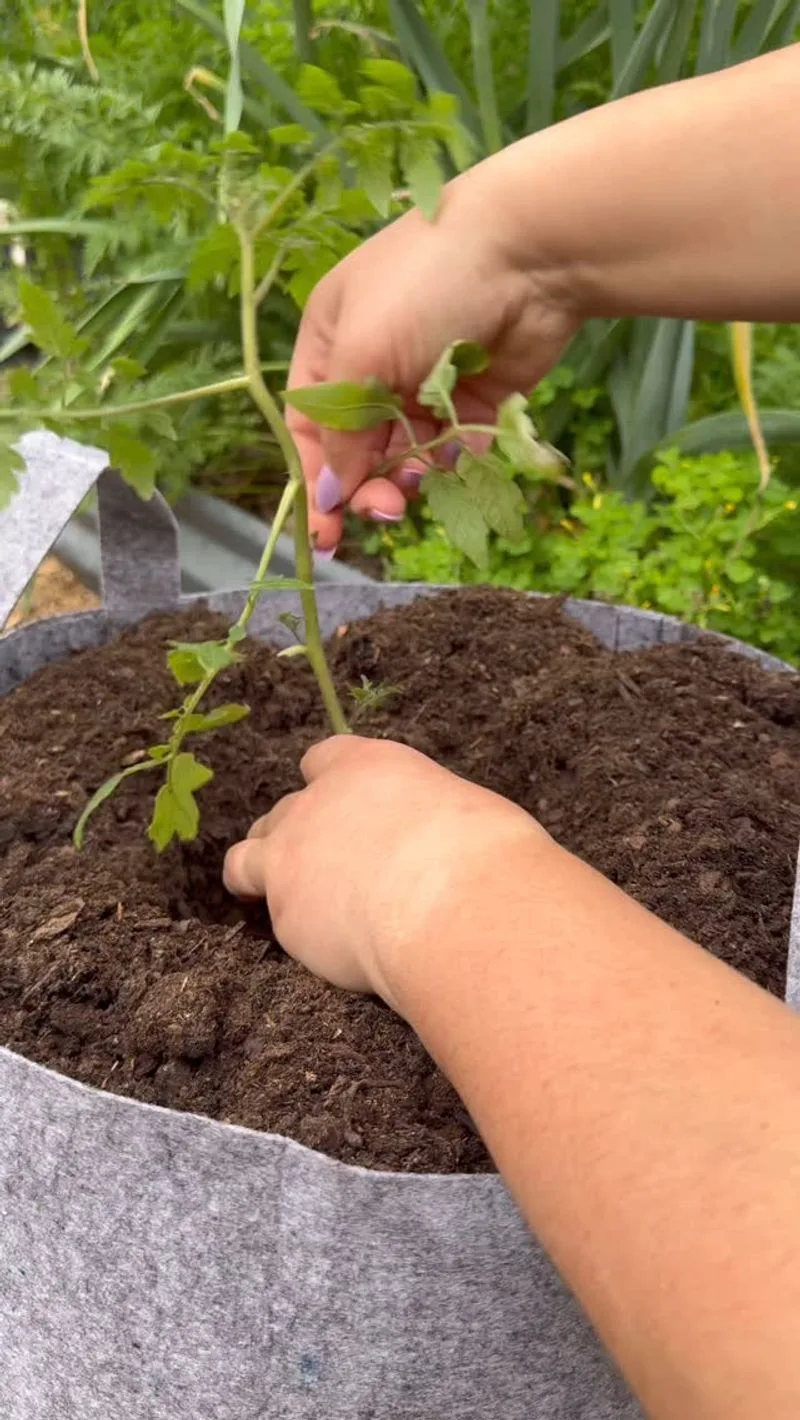
Burying plants too deeply isn’t a sign of giving them a strong foundation. Instead, it can suffocate them and hinder growth. Most plants should be planted at the same depth they were in their original container. This ensures they receive adequate air and moisture. Overzealous planting can lead to disappointing results, as roots struggle to access necessary nutrients. Pay attention to planting instructions specific to each species to avoid this pitfall. By adjusting your planting technique, your garden will thrive. Each plant has its own needs, and understanding them is key to success.
Using Chemical Fertilizers
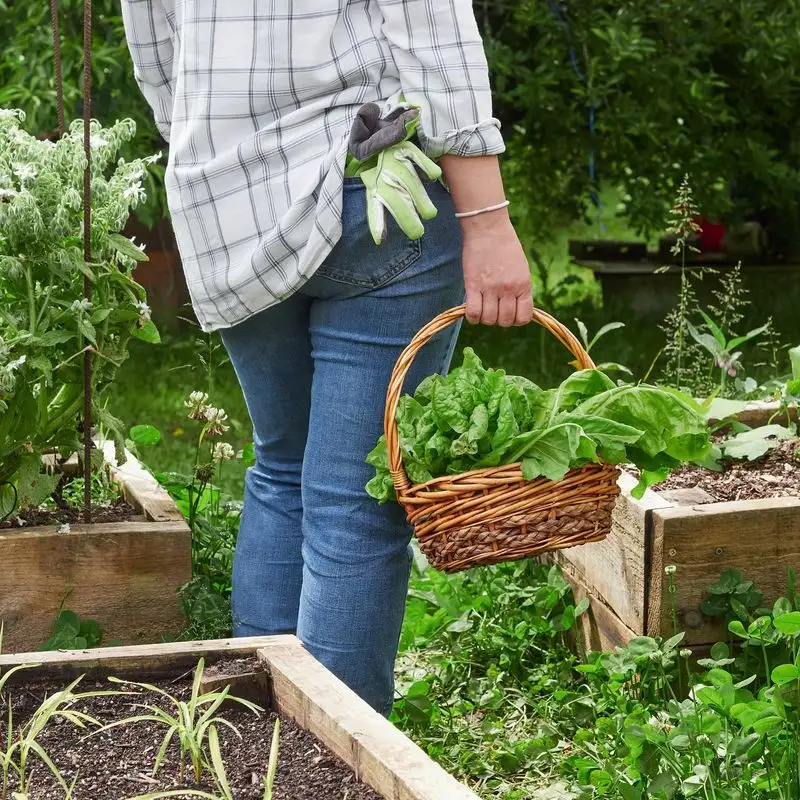
Reliance on chemical fertilizers is a widespread practice, believed to boost plant growth. However, these can harm beneficial microorganisms in the soil and lead to long-term soil degradation. Opt for organic alternatives like compost, which enhance soil health and structure. Chemical residues can also leach into water supplies, posing environmental risks. By switching to natural fertilizers, you support a more sustainable gardening approach. This change benefits not only plants but entire ecosystems. In the quest for lush growth, consider the broader impact of gardening choices.
Pruning at the Wrong Time
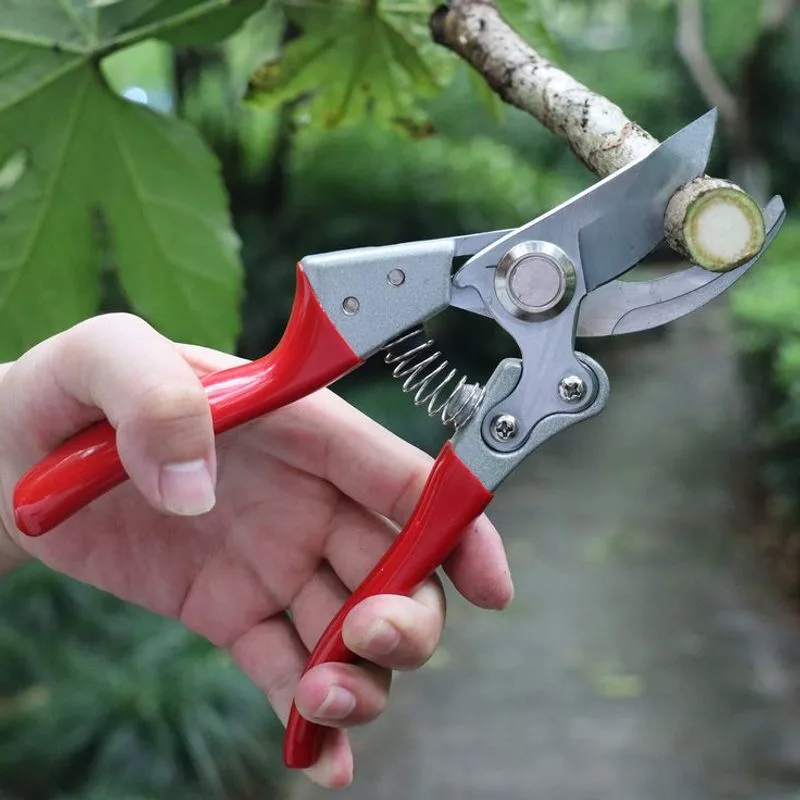
Pruning is essential, but timing is everything. Many believe winter is always the best season, but this isn’t universally true. Some plants, like spring-flowering shrubs, should be pruned after blooming. Incorrect timing can lead to fewer blooms or damage. Research specific plant requirements to optimize results. Understanding plant cycles ensures you prune at the right time, enhancing health and appearance. It’s a matter of knowing your garden intimately. Correct timing promotes vigorous growth and flowering, transforming your garden’s potential. Pruning isn’t just cutting; it’s strategic care and timing.
Ignoring Soil pH
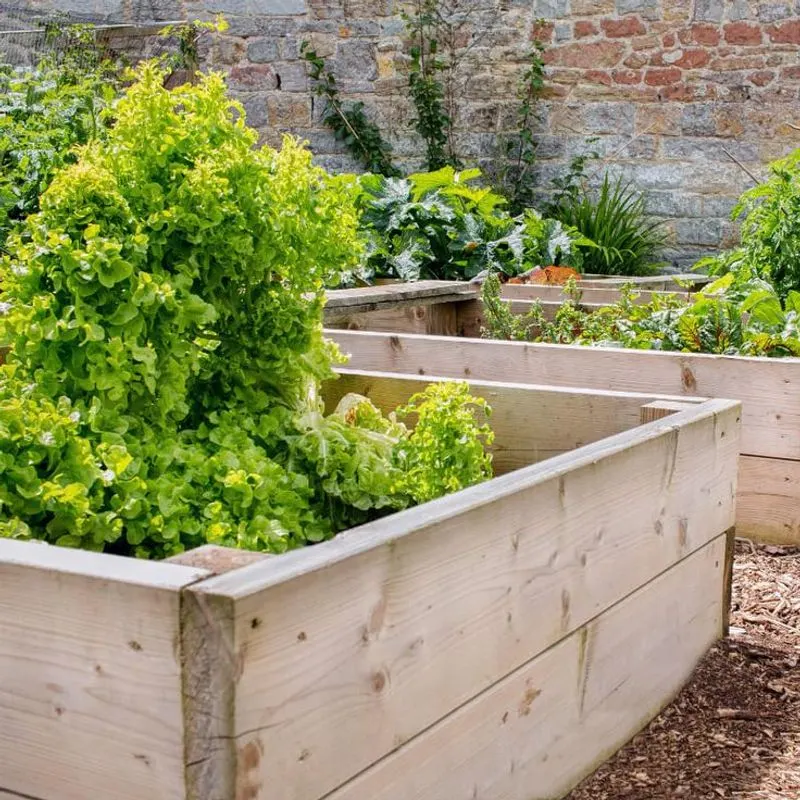
Soil pH often gets overlooked, yet it plays a crucial role in nutrient availability. Many assume soil is neutral, but this can vary greatly. Testing soil pH helps tailor amendments to improve plant health. Acid-loving plants struggle in alkaline soils, and vice versa. Investing in a pH meter or test kit is worthwhile to understand your garden’s needs. Regular testing ensures you’re not unknowingly restricting plant growth. Tailoring soil conditions leads to a more productive garden. Addressing pH imbalances can be the key to unlocking your plants’ full potential.
Using Pesticides Indiscriminately
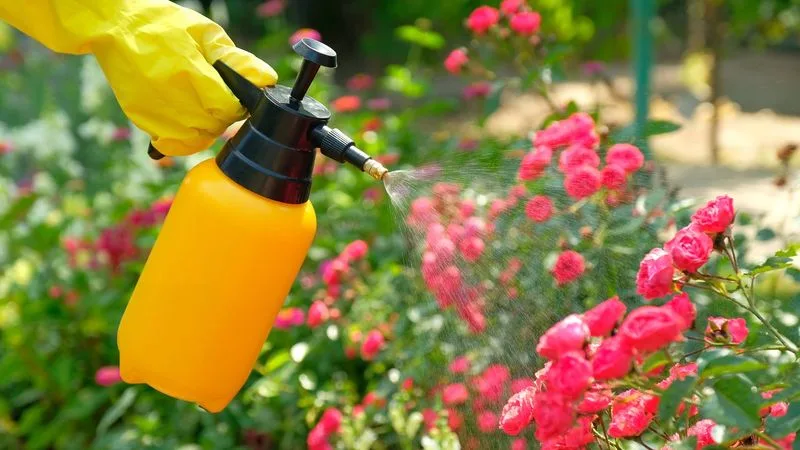
Indiscriminate pesticide use is a knee-jerk reaction to pest problems, yet it harms beneficial insects too. This disrupts the ecosystem and can lead to pesticide-resistant pests. Integrated Pest Management (IPM) offers a balanced approach by combining biological, physical, and chemical controls. Encouraging natural predators like ladybugs can keep pests in check. By practicing targeted pest control, you foster a healthier garden environment. Overuse of pesticides can upset nature’s balance, affecting more than just pests. Embrace sustainable solutions for a thriving garden. It’s about working with nature, not against it.
Compacting the Soil
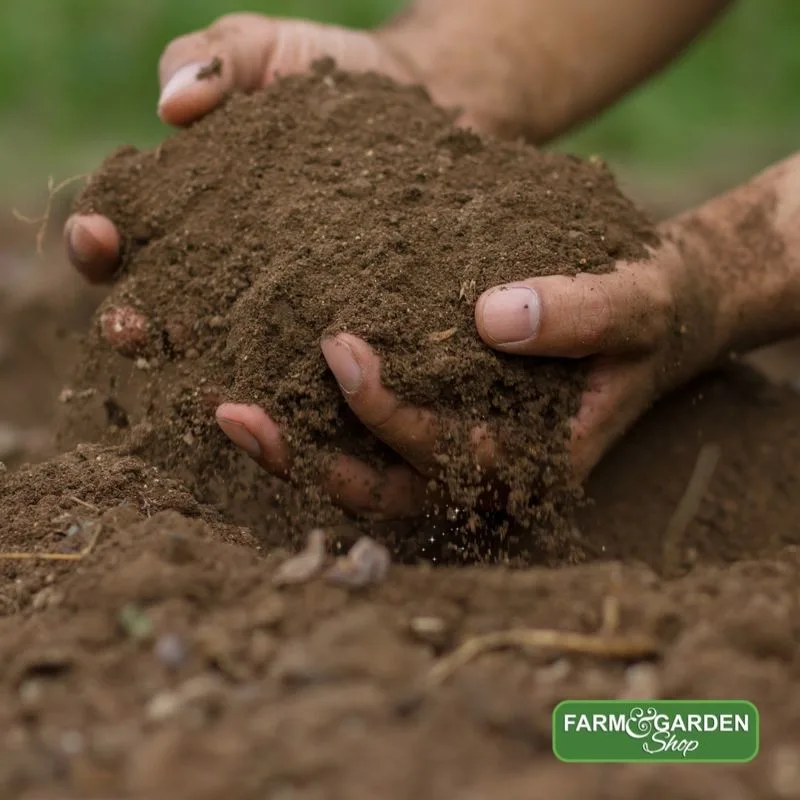
Repeatedly walking on garden beds seems harmless, but over time, it compacts the soil. This impedes root growth and drainage, creating a challenging environment for plants. Compacted soil lacks necessary air pockets, suffocating roots. To avoid this, designate pathways or use stepping stones. Loosen compacted areas with a fork or aerator to improve soil structure. Plant roots thrive in aerated soil, making compaction a hidden threat to garden health. By being mindful of your movement, you can ensure better growing conditions. Healthy soil structure is foundational to a robust garden.
Overcrowding Plants
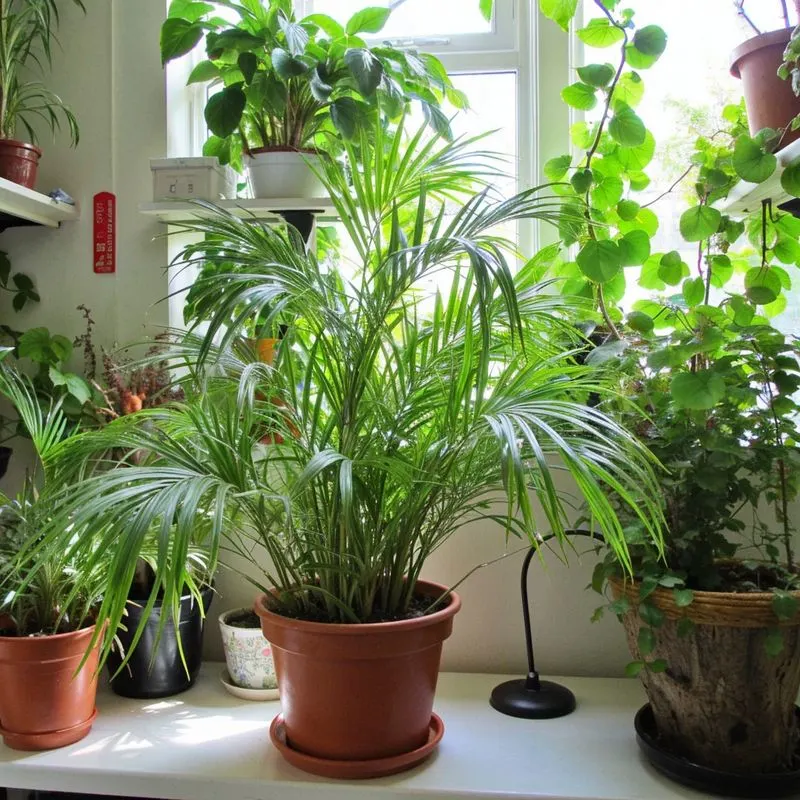
Packing plants together might look lush initially, but it leads to competition for resources. Overcrowded gardens suffer from poor air circulation, increasing disease risk. Each plant requires sufficient space to thrive and access sunlight. Check spacing guidelines on seed packets or plant labels to avoid this mistake. Proper spacing promotes healthier growth and reduces the likelihood of pest infestations. It’s tempting to fit as many plants as possible, but restraint pays off. A well-spaced garden is not just visually appealing but also more productive. Give your plants room to breathe.
Neglecting Mulch
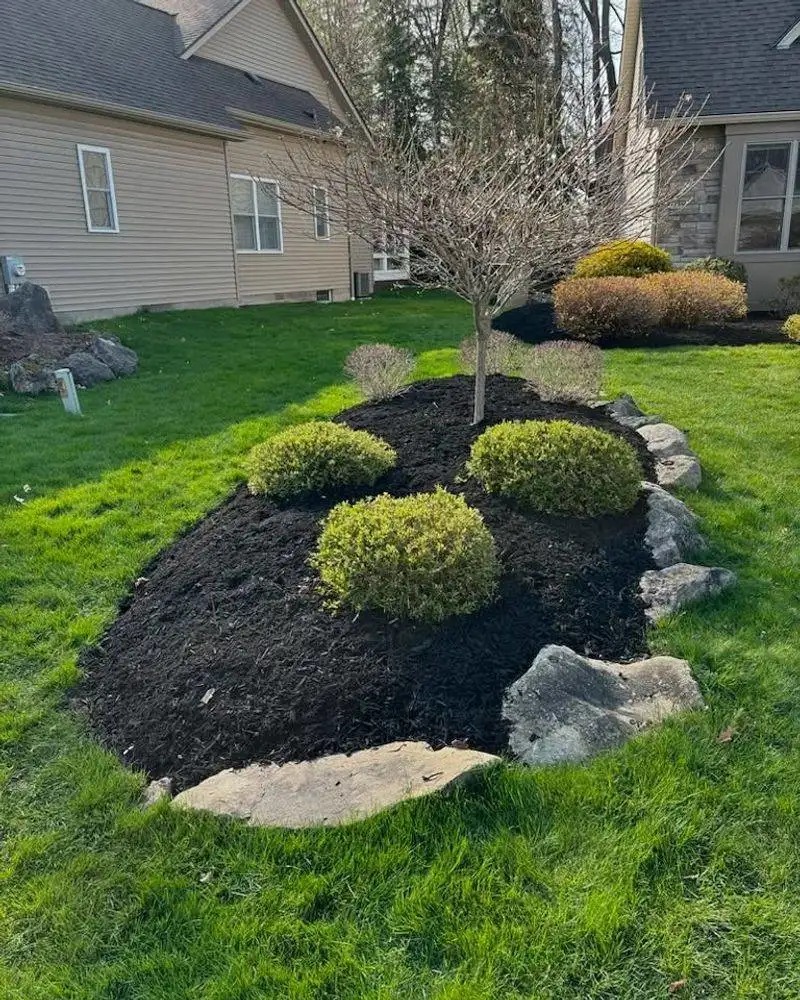
Mulch is often an afterthought, yet it offers numerous benefits. It retains soil moisture, suppresses weeds, and adds organic matter as it decomposes. Bare soil is prone to erosion and dehydration, stressing plants. Applying mulch around plants creates a stable environment and reduces watering frequency. Various materials, like straw or wood chips, can be used as mulch. Choose what’s suitable for your garden type. By neglecting mulch, you’re missing out on a simple way to enhance garden health. Mulching is a straightforward practice with significant rewards.
Relying on Garden Myths
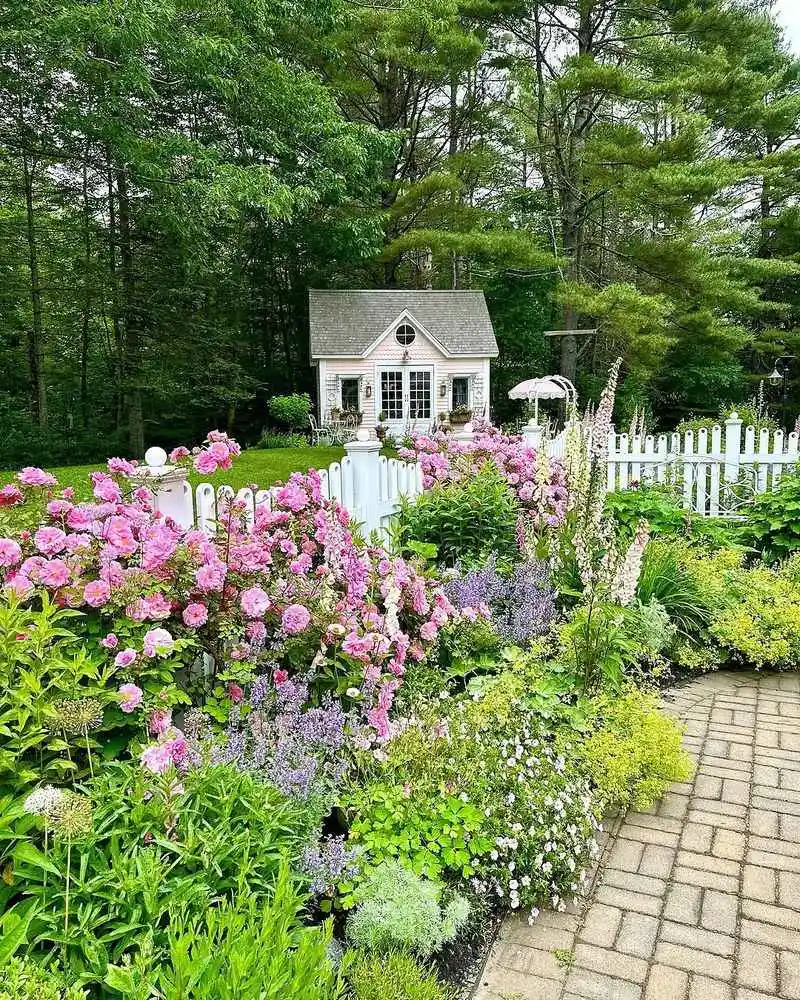
Gardening lore is full of myths passed down through generations, like planting by the moon phases or certain companion plants warding off pests. While intriguing, many lack scientific backing. Clinging to myths can lead you astray from effective practices. Research and adapt methods based on current knowledge and your specific garden conditions. Experimentation and observation are your best guides. Don’t let folklore dictate your gardening choices. Critical thinking and evidence-based practices lead to success. By questioning old conventions, you can discover what truly works for your garden.
Ignoring Native Plants
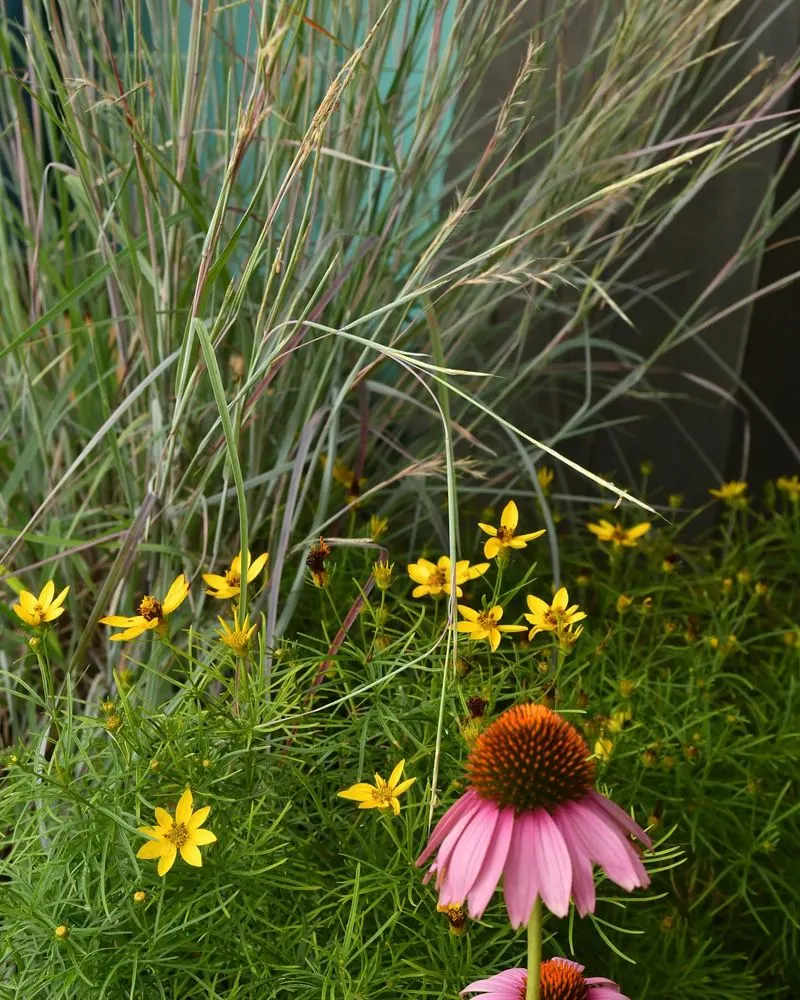
Native plants often get overlooked in favor of exotic species. However, they are adapted to local climates and soil conditions, making them easier to care for. Native plants support local wildlife and promote biodiversity. Exotic plants can become invasive, disrupting ecosystems. By incorporating native species, you create a sustainable garden that’s in harmony with its environment. They require less water, fertilizer, and maintenance, making gardening more enjoyable. Shift focus from novelty to sustainability by embracing native flora. It’s a choice beneficial for both your garden and the planet.
Using Plastic Pots
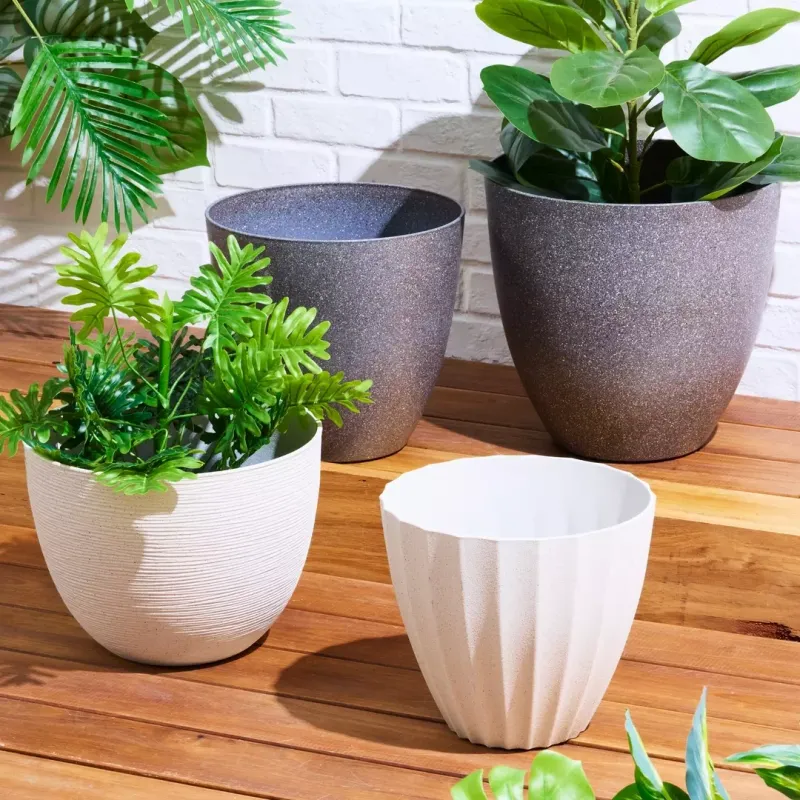
Plastic pots are cheap and readily available, but they have downsides. They can overheat, affecting root health, and are often non-biodegradable, contributing to plastic waste. Consider using clay or biodegradable pots that offer better insulation and environmental benefits. Biodegradable options break down naturally, reducing waste. While plastic seems convenient, it’s worth considering alternatives for a greener choice. The pot material affects plant health and your ecological footprint. By choosing sustainable materials, you contribute to a healthier planet. Gardening choices extend beyond plants to all aspects of cultivation.
Neglecting Garden Design
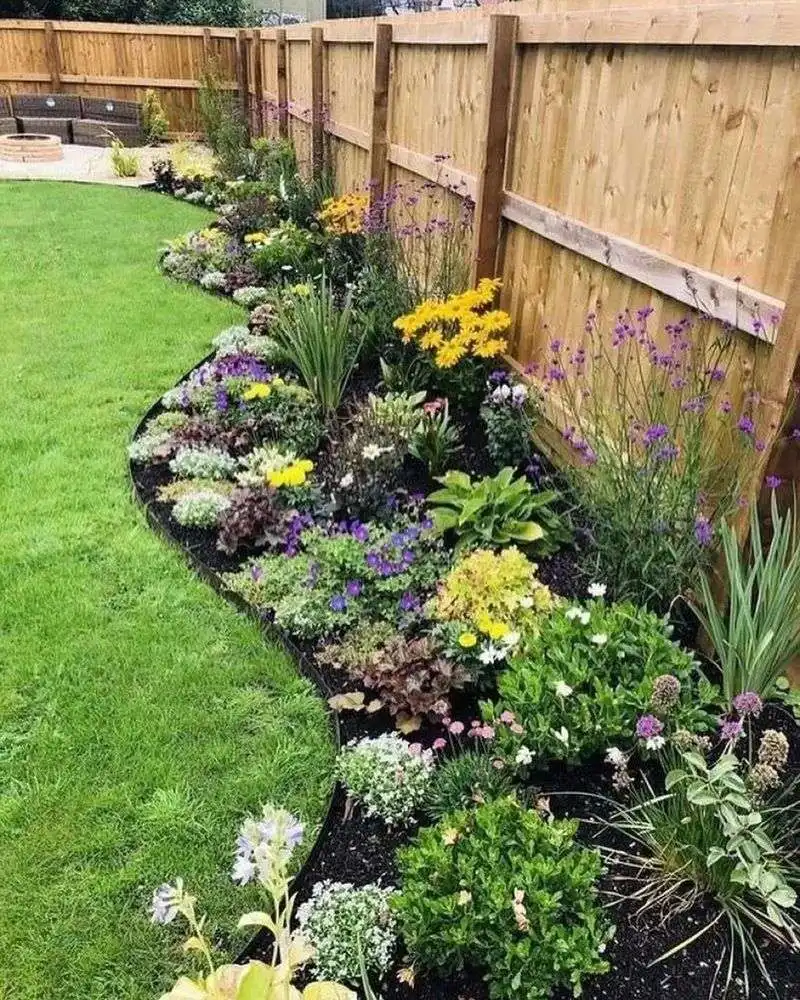
A well-planned garden is more than just plants; it’s an aesthetic and functional space. Neglecting design leads to a chaotic garden, where plants don’t complement each other. Consider plant heights, colors, and blooming times to create harmony. A balanced layout enhances visual appeal and plant health. Paths and focal points add structure, guiding the eye and movement. Thoughtful design maximizes space and light, benefiting growth. By planning, you transform your garden into a cohesive masterpiece. Gardening is an art where creativity meets functionality. Design impacts not only beauty but also plant success.
Overlooking Pest Identification
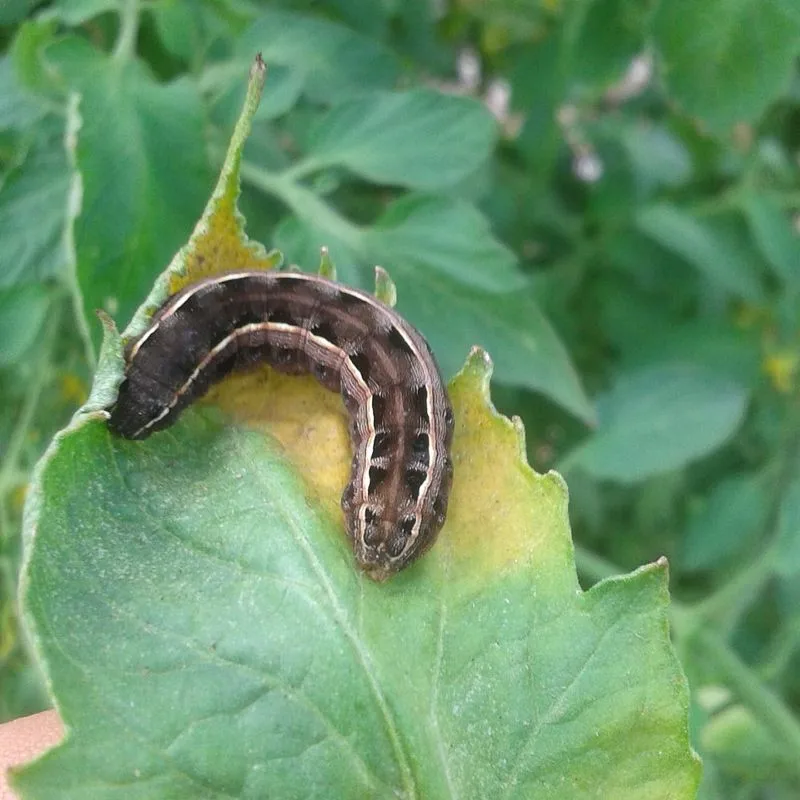
Not all insects are pests; some are vital allies. Misidentifying bugs often leads to unnecessary pesticide use. Learn to distinguish between harmful and beneficial insects. Regular inspection helps catch problems early, preventing widespread damage. Use resources like gardening apps or guides to improve identification skills. By understanding your garden’s ecosystem, you foster a balanced environment. Addressing pest issues without harming beneficial insects is key to sustainability. It’s about training your eye to see beyond the surface. A garden is a shared space, and knowing its inhabitants is part of mindful stewardship.
Disregarding Plant Labels
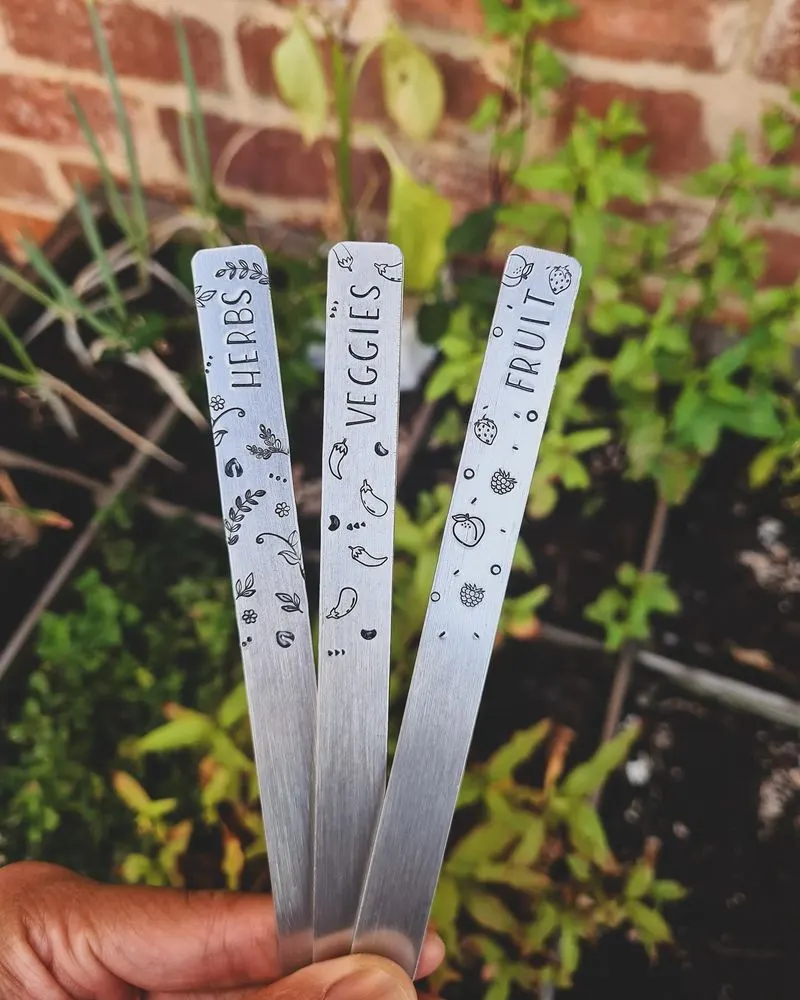
Plant labels are often ignored, yet they contain vital information on care requirements. Overlooking labels can lead to incompatible plant choices for your garden’s conditions. Soil type, sunlight needs, and water requirements vary greatly among plants. By reading labels, you align plant needs with your garden’s environment, reducing failure rates. Plant selection should be informed, not random. Labels guide you in creating a thriving garden suited to its specific microclimate. It’s the small details that make a significant difference. By paying attention, you set the stage for a flourishing garden.
Focusing Solely on Flowers
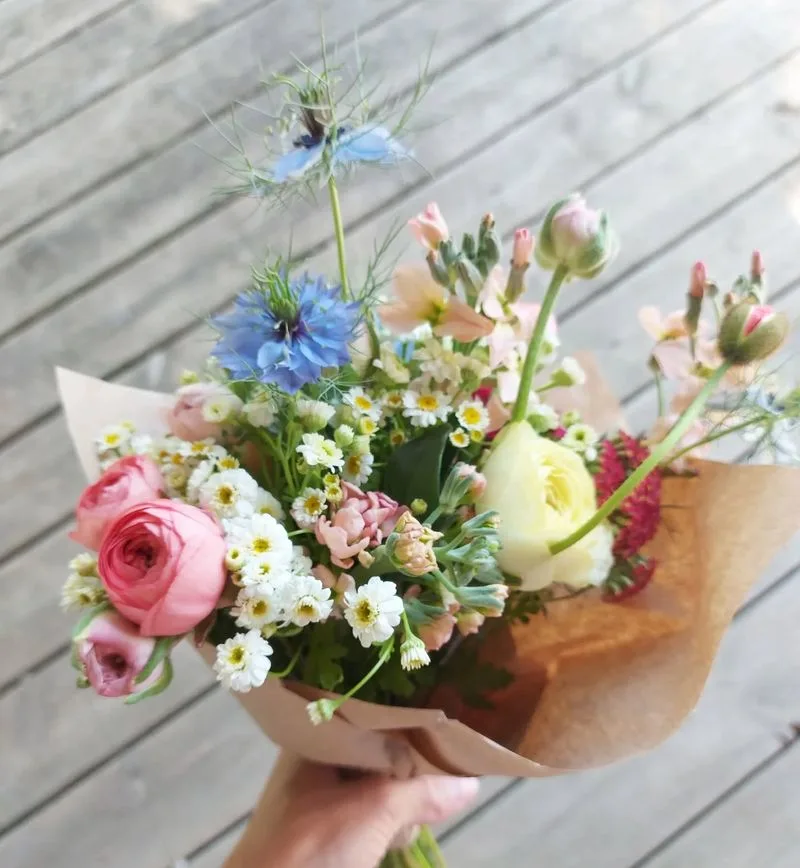
Flowers often steal the spotlight, but a diverse garden includes vegetables and herbs. These plants offer culinary delights and ecological benefits. A balanced garden attracts pollinators, improving overall health. Vegetables and herbs provide fresh produce, reducing reliance on store-bought goods. Diversifying plant choices enriches both visual and functional aspects of your garden. The symbiosis between flowering and edible plants fosters a vibrant ecosystem. Consider what each plant offers beyond aesthetics. A garden’s value isn’t only measured by beauty but also by the life it supports. Broaden your gardening horizons.
Using Lawn as Ground Cover
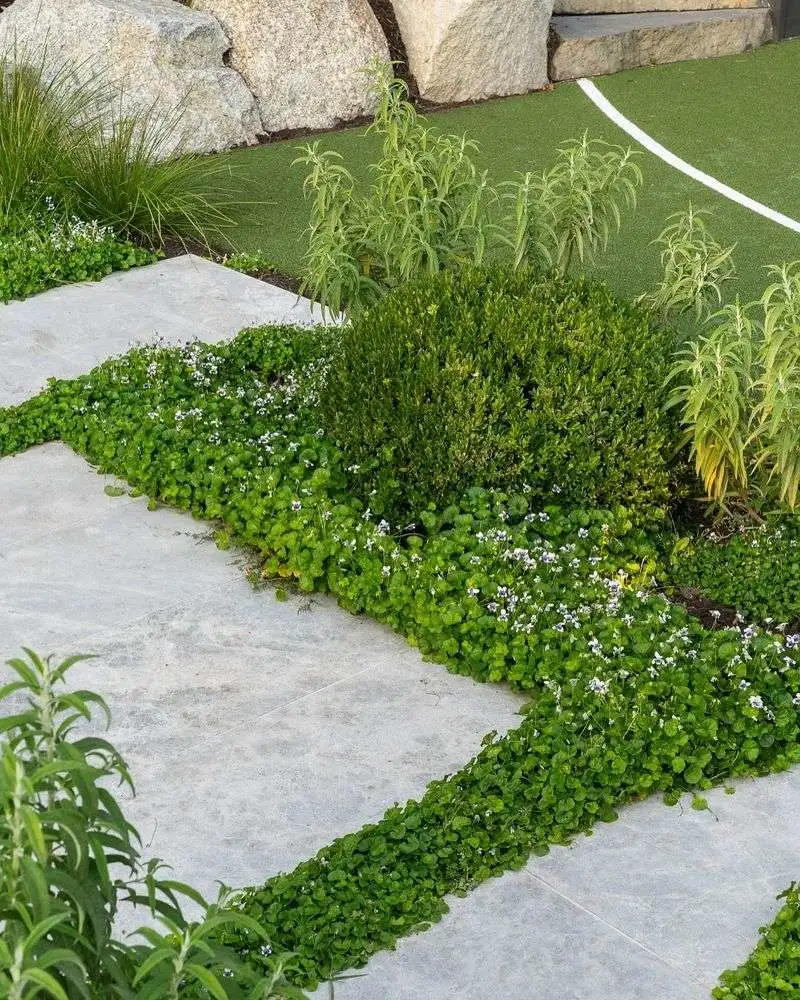
Lawns are a traditional choice for ground cover, yet they demand significant resources. Water, fertilizers, and frequent mowing contribute to environmental strain. Alternatives like ground covers or wildflowers offer beauty with less maintenance. These options support biodiversity, providing habitats for insects and wildlife. Rethinking ground cover choices can lead to a more sustainable garden. Embrace diversity over monotony by exploring different plant types. Lawn alternatives reduce upkeep and environmental impact, allowing you to enjoy your garden more. Seeking sustainability benefits both your local ecology and gardening experience.
Failing to Rotate Crops

Crop rotation is a traditional agricultural practice ignored by many home gardeners. Growing the same plants in the same spot depletes soil nutrients and encourages pests. Rotate crops annually to maintain soil fertility and health. This practice disrupts pest cycles and reduces disease risk. Plan rotations based on plant families to optimize benefits. By embracing crop rotation, you cultivate a resilient garden. It’s a practice rooted in wisdom, providing long-term rewards. The health of your soil is the foundation of successful gardening. Rotate crops for a thriving vegetable patch season after season.
Ignoring Weather Patterns
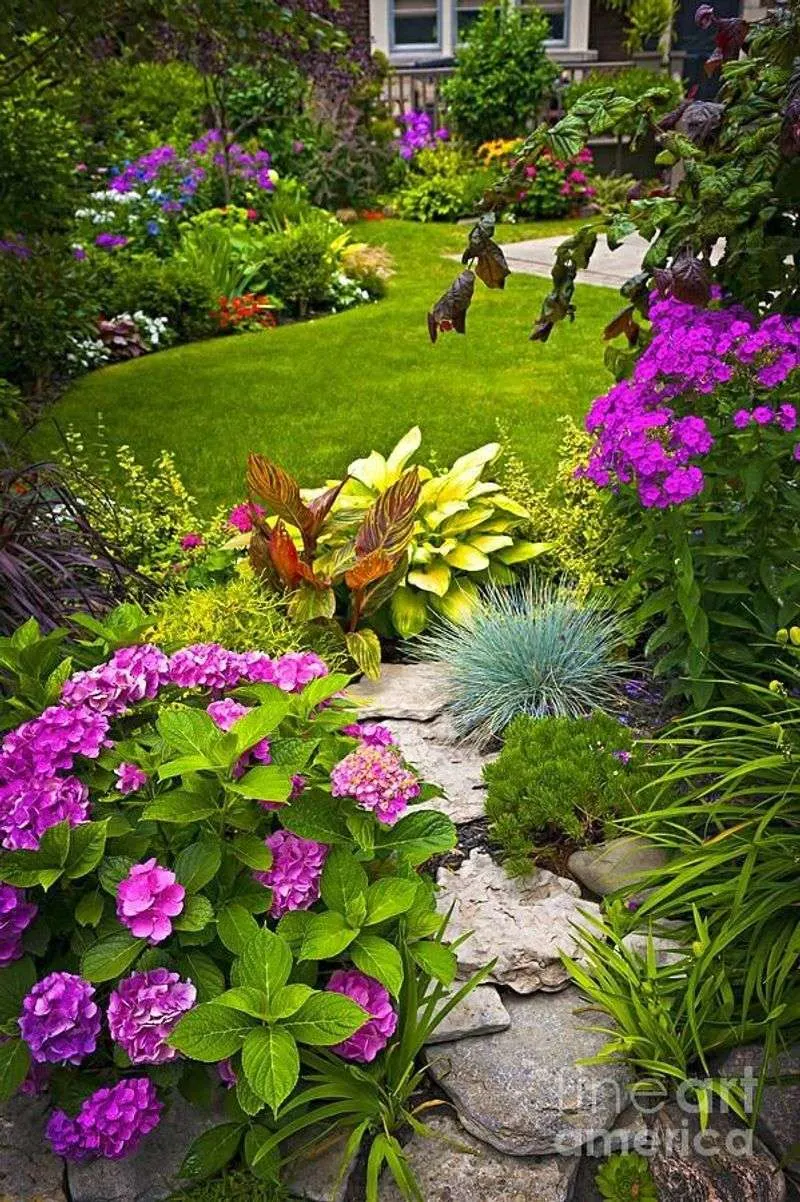
Weather patterns significantly impact gardening success. Overlooking forecasts can lead to preventable losses, like frost-damaged plants or drought-stressed gardens. Stay informed about local weather trends to anticipate and mitigate adverse effects. Use protective measures like frost covers or rain barrels to adapt. Being proactive ensures plants endure seasonal changes. By aligning gardening activities with weather patterns, you safeguard plant health. Knowledge of local climate aids in decision-making, from planting times to protective strategies. It’s about harmonizing with nature’s rhythms. Stay ahead by staying informed, ensuring your garden thrives.

